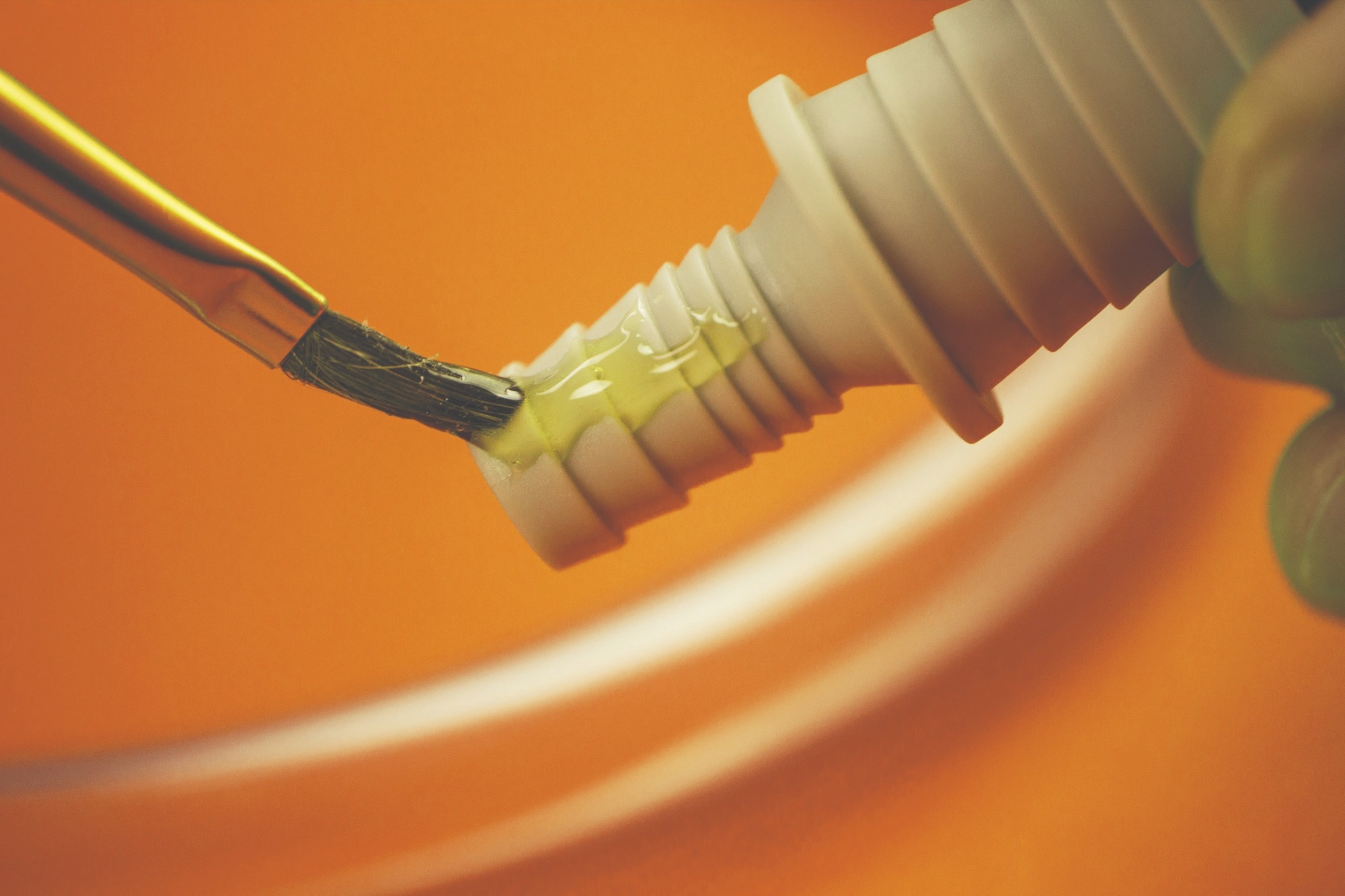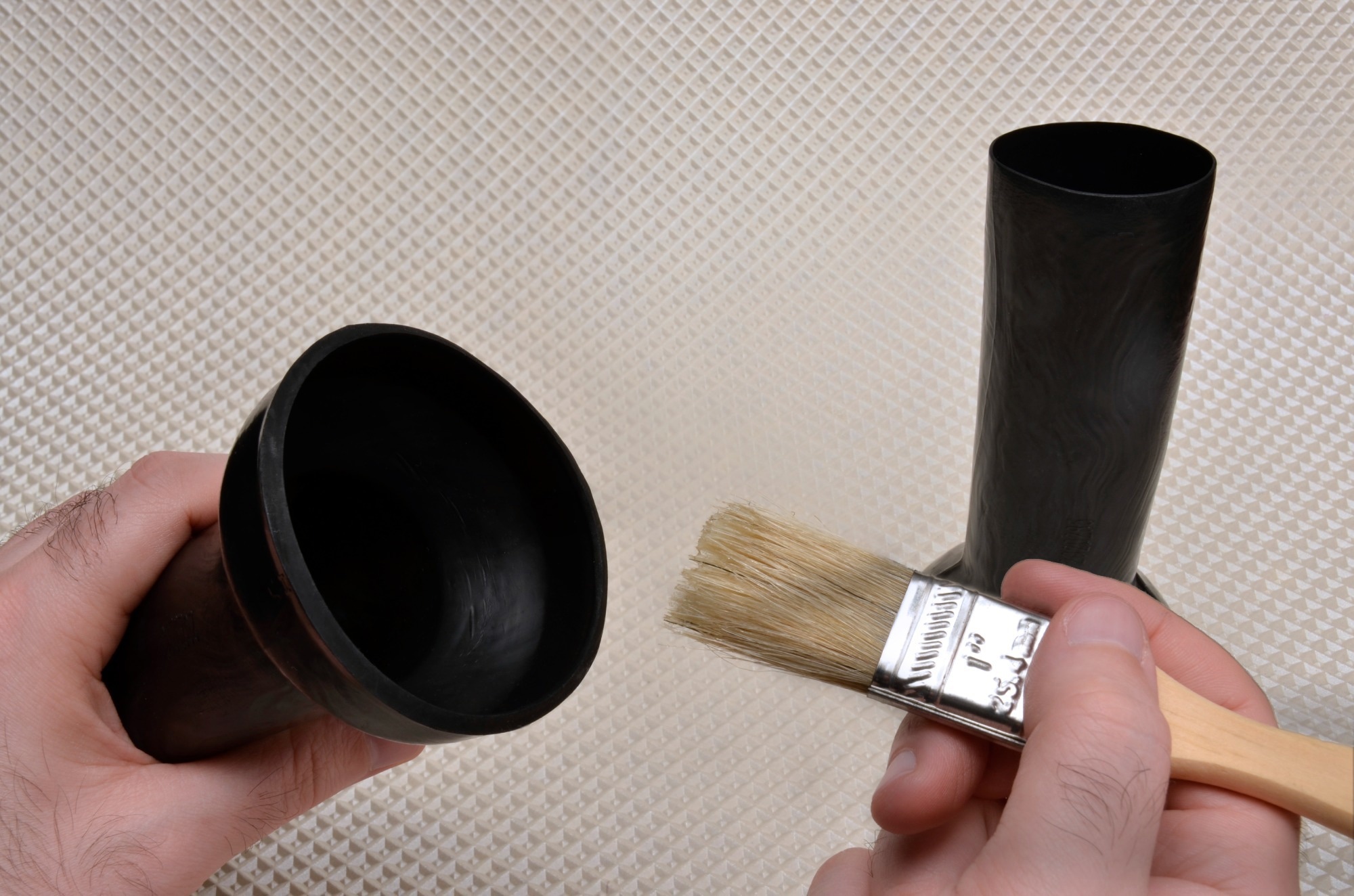In this interview Venkat Nandivada, Manager of Technical Support at Master Bond Inc., provides insights into the challenges of bonding polyolefins with adhesives, important considerations for successful bonding, the reasons for choosing polyolefins in various applications, recent innovations in adhesive technology, and examples of specialized adhesives and primers designed for polyolefin materials.
What is the main challenge of bonding polyolefins with adhesives?
Polyolefins, such as polyethylene and polypropylene, have historically been difficult to bond using conventional adhesives due to their low surface energy.
These materials typically have lower surface energy compared to the surface energy of many adhesives. This interferes with the adhesive’s ability to wet out the substrate effectively, a crucial step for establishing adhesion. This presents a significant challenge in achieving a strong bond.

Image Credit: Master Bond, Inc.
What are the main reasons for choosing polyolefins in an application?
Polyolefins are used in in a wide range of industries including aerospace, electronic, OEM, medical devices, among so many others. They are highly chemically inert and resistant to a wide range of solvents.
Also, many grades of polyolefins are used for medical device applications, considering their non-toxic properties. However, due to the challenges involved in bonding polyolefins, close attention must be paid to surface treatment procedures as well as selection of the right type of adhesive.
What considerations are important for successfully bonding polyolefin materials?
Various surface treatment procedures play a vital role in enhancing the “bondability” of polyolefins with high-performance adhesives that might not otherwise bond effectively to these materials. Techniques like oxidizing flame, corona treatment, gas plasma treatments, and the use of primers can improve the adhesion to polyolefins.
These treatments modify the surface properties of polyolefins to make them more receptive to adhesives, enabling more durable adhesive joints. Primers developed specifically for polyolefin substrates may also provide ease of application and durability.
Have there been any recent innovations in adhesives for more effective bonding of polyolefin materials?
Yes, recent developments in adhesive and primer technology have led to the creation of new adhesives that can effectively bond polyolefins without needing surface treatments.
Innovative primers are specially formulated to be compatible with polyolefin materials, offering good bond strength. In conjunction with the right type of primer, the correct adhesive can provide the additional benefit of bonding not only to polyolefins but also to various other materials such as metals, glass, ceramics, and more.
What are some examples of adhesives or primers designed for polyolefin materials?
Master Bond has several specially formulated one-component primer systems for bonding and priming surfaces of polyolefinic materials. These systems feature low viscosity making them easy to apply and process. They are often used as primers to enhance adhesion between polyolefinic substrates and other kinds of materials, such as metals, ceramics, composites and other kinds of plastics.
As a primer, they act as a bonding promoter, allowing adhesion to polyolefins in a process that is relatively simple and straightforward. These formulations may also be used as adhesives for bonding one polyolefin to another polyolefin in certain configurations. Specific Master Bond grades pass ISO 10993-5 for non-cytotoxicity, often required when manufacturing medical devices.

Image Credit: Master Bond, Inc.
To learn more about Master Bond X18, X18Med, X21, X21Med please click on the links.
About Venkat Nandivada 
Venkat Nandivada has been the Manager of Technical Support at Master Bond Inc. since 2010.
He has a Masters in Chemical Engineering from Carnegie Mellon University.
He analyzes application oriented issues and provides product solutions for companies in the aerospace, electronics, medical, optical, OEM and oil/chemical industries.
Disclaimer: The views expressed here are those of the interviewee and do not necessarily represent the views of AZoM.com Limited (T/A) AZoNetwork, the owner and operator of this website. This disclaimer forms part of the Terms and Conditions of use of this website.